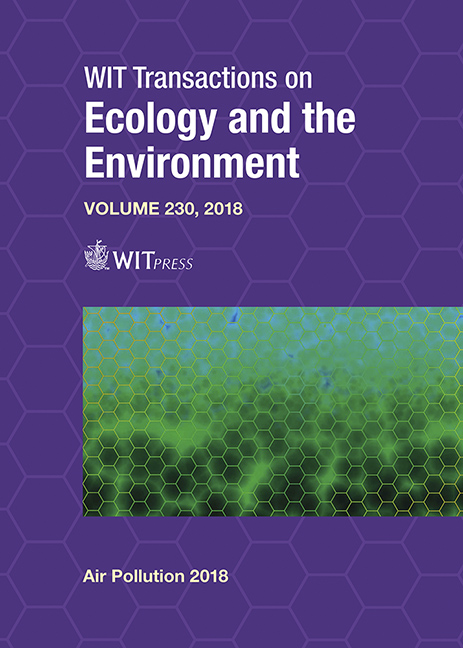IMPLEMENTING AIR-POLLUTION AND HEALTH-DAMAGE COSTS IN URBAN MULTI-ENERGY SYSTEMS MODELLING
Price
Free (open access)
Transaction
Volume
230
Pages
12
Page Range
95 - 106
Published
2018
Paper DOI
10.2495/AIR180091
Copyright
WIT Press
Author(s)
MARCO RAVINA, EDOARDO PATTI, LORENZO BOTTACCIOLI, DEBORAH PANEPINTO, ANDREA ACQUAVIVA, MARIA CHIARA ZANETTI
Abstract
The growing global urbanization rate implies that the sustainability challenges are increasingly concentrated in cities. At today, around 75% of global energy is consumed in urban areas, so efforts must be addressed to transform existing urban energy systems into more sustainable systems. In this perspective, a key aspect to evolve toward a cleaner and affordable energy system is the development of Multi-Energy Systems (MES) modelling, whereby heat, electricity, fuels, transport, and other energy carriers closely interact with each other at various scales. MES can optimize technical, economic and environmental performance with respect to “traditional” independent energy systems, at both the operational and the planning stage. This paper presents a development of the existing MESsi modelling platform, consisting in the implementation of a model estimating the impacts on air quality and human health. MESsi is a novel distributed infrastructure for modelling and co-simulating Multi-Energy-Systems. It exploits modern software design patterns (i.e. microservices) to guarantee scalability, extendibility and easy maintenance of the system. Thus, MESsi is flexible in modelling and cosimulating different energy flows in a single solution made of different interoperable modules that can be deployed in a plug-and-play fashion. The module to be implemented in MESsi infrastructure is the DIATI integrated dispersion and externalities model (DIDEM). The DIDEM model is based on the impact pathway approach, linking the simulation of pollutants dispersion to the concentration-exposure- response functions provided by latest WHO recommendations. An overview of the potential integration steps in the modelling infrastructure is described in this paper. A discussion on possible application scenarios that have different spatio-temporal resolutions is also reported. The integration of DIDEM model in MESsi platform allows the inter-connection of a detailed impact assessment to a high-level energy system simulation.
Keywords
multi-energy systems, modelling, air pollution, impact pathway approach, health effects





